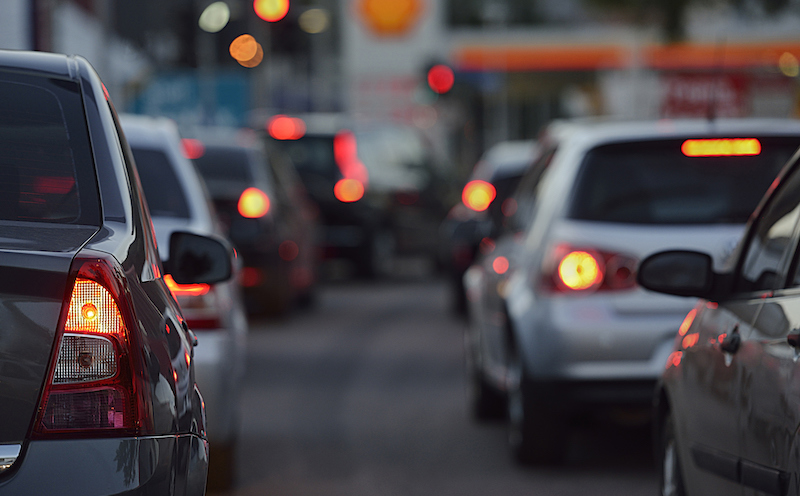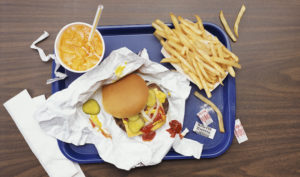
Rideshare drivers in Philadelphia take their challenge for employee status to the Third Circuit.
By connecting more independent entrepreneurs with customers than ever before, Internet-based applications like Uber have helped the “gig economy” grow three times faster than the rest of the economy. Some of these workers, however, claim they are not independent contractors—who receive more limited legal rights as masters of their own businesses—but are employees who need the legal protection from exploitation that Congress has provided in federal labor law.
But in the first decision of its kind, Judge Michael M. Baylson of the U.S. District Court for the Eastern District of Pennsylvania ruled earlier this year that drivers for Uber’s limousine service are not employees and, thus, are not protected by federal and state wage regulations. The drivers have appealed the decision to the U.S. Court of Appeals for the Third Circuit.
The Fair Labor Standards Act (FLSA) and Pennsylvania state labor law entitle “employees” to a minimum hourly wage and a heightened overtime rate. Such regulations do not apply to independent contractors, who enjoy greater control over their work.
In its services agreement, Uber states that its relationship with drivers “is solely that of independent contracting parties”—and thus does not constitute an employment relationship. In 2016, however, three drivers for Uber’s limousine service sued the company in pursuit of back pay, claiming that regardless of any contractual language, the reality of their relationship with Uber mirrors that of an employer and employee.
Because the statutory definitions are circular and empty—an employee is “any individual employed by an employer,” and an employer is “any person acting directly or indirectly in the interest of an employer in relation to an employee”—federal courts have developed their own methods for determining whether someone is an employee or independent contractor.
Judge Baylson had to weigh six factors established by previous decisions issued by the Third Circuit: Uber’s control over how drivers perform their work; the extent to which drivers’ profits or losses depend on their own managerial skills; the amount of investment that drivers must make; whether the work requires any special skills; the permanence of the relationship between Uber and its drivers; and whether drivers’ services are an integral part of Uber’s business. At its core, this test is aimed at the “economic reality” of the drivers’ situation. Are they dependent on Uber for their continued employment?
After considering the six factors, Judge Baylson found such dependence was lacking and ruled in favor of Uber. First, he found that drivers exercise substantial control over their work. Drivers can employ other drivers, rather than simply working alone; they can work for competing companies, such as Lyft; and they determine their own schedules and hours. Judge Baylson found that these freedoms outweighed the control that Uber did exercise over its drivers, such as reserving the power to terminate drivers for canceling too many trips or dropping below a 4.7-star rating, making deductions from drivers’ earnings, and limiting the hours that a driver may work consecutively.
For similar reasons, the court held that drivers’ opportunity for profit also indicated independent contractor status. Drivers decide when and where to drive, allowing them to pursue the “surge” pricing accompanies times of peak demand. They can fine-tune profits by adjusting the time they spend working. And they can pursue opportunities through competing companies or their own personal contacts if those look more lucrative at a given time.
Judge Baylson found the third factor to be an especially convincing indication that the limousine drivers are independent contractors, as they have to invest heavily in their own expensive equipment—cars. Although some drivers receive financing from Uber, the court held that this arrangement was voluntary and did not negate the fact that drivers, not Uber, invest significant capital in the tools necessary for drivers’ work.
Although limousine drivers could limit their services to just Uber, this selectivity was entirely up to them, not Uber. At any time, drivers could cease accepting ride requests through the Uber app in favor of another company’s. Judge Baylson found that some drivers did work many hours for long periods of time for only Uber. But, he ultimately held, this circumstance did not undercut the fact that all drivers decide exactly how much or little that they want to work, indicating that the relationship is very impermanent.
Some factors, however, did weigh in favor of employee status for the limousine drivers. Although the court maintained that driving alone is not a special skill, replicating a “limousine experience” through a high level of service is. The more difficult nature of limousine driving was also reflected in Uber’s heightened requirements for the position.
In addition, Uber drivers are integral to the company’s business. Still, these two slight indications of employee status could not overcome the other factors for Judge Baylson.
In October 2018, the limousine drivers appealed Judge Baylson’s decision to the Third Circuit, focusing heavily on Uber’s economic domination of its drivers. Drivers work long hours “on Uber’s terms and in exchange for poverty-level wages” without any “meaningful alternative.” Furthermore, the appellants argue, “Uber drivers are nothing like electricians or plumbers, who negotiate their own rates, solicit their own customers, build customer goodwill to generate future business, and evaluate the scope of work in advance before deciding whether to take on a job.”
The fact that drivers continue to work for Uber despite such conditions, the limousine drivers argue, indicates the extent of their dependence on Uber. Given this economic power imbalance, they claim that they are “the core of the class of workers that the FLSA was meant to protect.”
The Third Circuit has received briefs from both parties and interested third parties, but the court has yet to hear oral arguments in the case.



